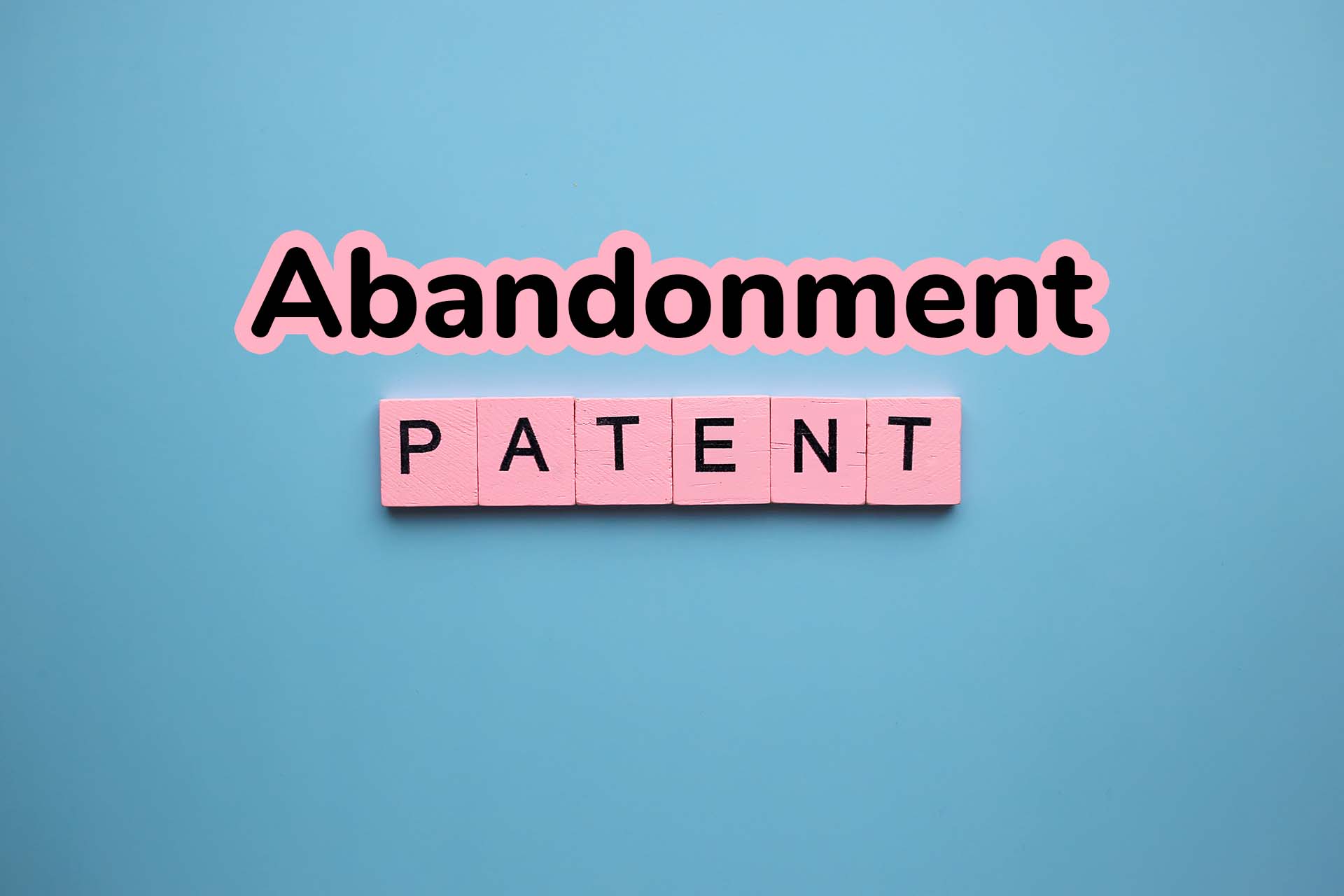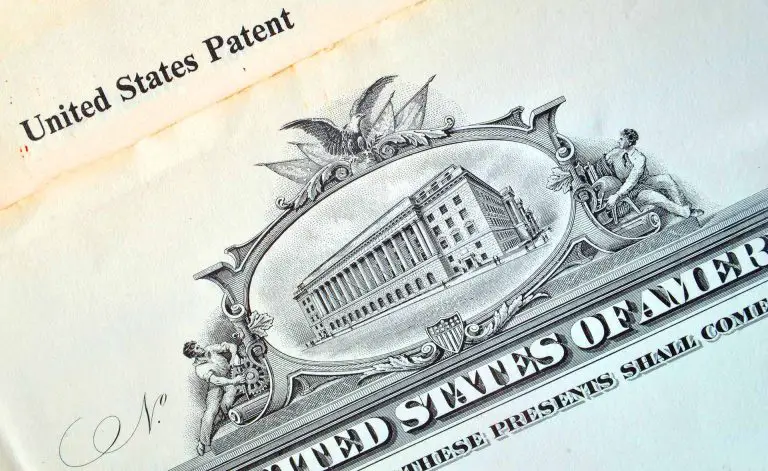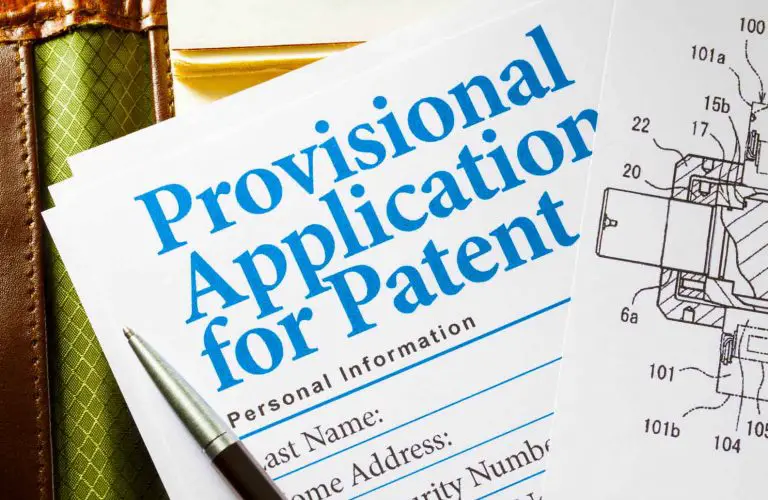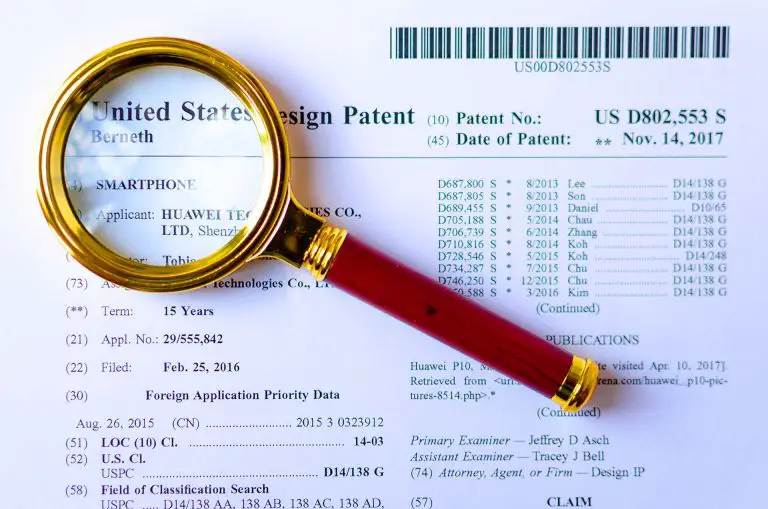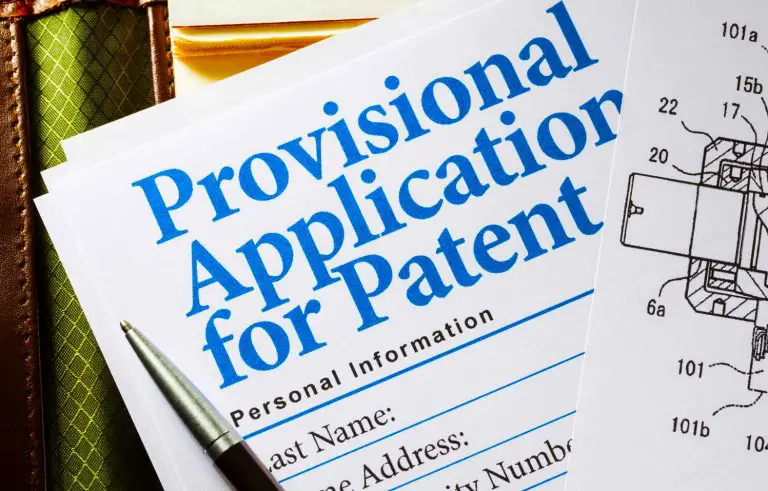What is an Abandoned Patent?
An abandoned patent is one where the patent application is no longer pending because the applicant has either failed to reply to a USPTO office action or the applicant has expressly abandoned the patent application. Typically, before the USPTO grants a patent application, the patent examiner issues a number of office actions that require the applicant to make changes/amendments to the patent application. If the applicant fails to respond to the office action within the allotted time period, the patent application is deemed to have been abandoned.
The second method in which a patent becomes abandoned is if the applicant, for any reason, decides that he does not want to pay the issuance fee for the patent. If the applicant does not pay the issuance fee, he will be left with an abandoned patent that has never been granted by the USPTO. Oftentimes applicants believe that it is no longer worth their time and money to pursue the patent, so they decide not to pay the issuance fee, at which point, the patent application is deemed to have been abandoned without ever being issued or granted.
The third situation where an inventor can be left with an abandoned patent is that if the USPTO issues or grants the patent, a patent holder can abandon the patent by failing to make the required monthly maintenance fees on the patent. Maintenance fees are periodic fees that must be paid by a patent holder to keep his patent in the grant state. Maintenance fees are expensive, so oftentimes, inventors who believe that their invention is no longer profitable, choose not to pay the maintenance fees. In such a case, the patent becomes abandoned and the patent holder loses the right to enforce his rights under the patent.
Can an Applicant Revive an Abandoned Patent?
An inventor can revive an abandoned patent application, however, to revive a patent application, the applicant must make a declaration that the entire delay was unintentional. For example, if you know that your patent application was abandoned and you wait for a long period of time before filing a petition to revive the patent application, an issue will arise as to whether the day was intentional or unintentional. To revive the patent application, you will have to prove that the entire delay was unintentional. Applicants are usually alerted as to the abandonment of their patent application because the USPTO sends out a notice of abandonment to the person applying for a patent. To revive a patent application, the applicant will have to argue that he never received the notice of abandonment to show that the delay was unintentional. The issue date of the notice of abandonment is important because the notice starts the clock on how promptly the applicant files a petition to revive an abandoned patent application. If you intentionally abandoned your patent application, you will not be able to revive your patent application. So, if you’re seeking to revive your patent application, you should have a reason as to why you unintentionally abandoned your patent application.
How Does an Applicant Revive an Abandoned Patent?
An applicant can revive his patent application by electronically filing a petition to revive his patent application with the USPTO. To file a petition to revive a patent application, the applicant must pay the petition fee and file a response to the last office action. Along with filing the petition and paying the required fee, the applicant must submit a declaration, declaring that the entire delay in filing the required reply to the USPTO office action from the due date of the response was unintentional. If the USPTO is satisfied with the reason for the delay, your patent application will be revived.
Frequently Asked Questions
1) What does it mean when a patent is abandoned?
A patent application can be intentionally or unintentionally abandoned. Unintentional abandonment occurs when a person unintentionally fails to reply to an office action. Intentional abandonment occurs when an applicant intentionally fails to reply to an office action or expressly requests the abandonment of his patent application. Abandonment means that the patent application is no longer pending at the USPTO and will not become a granted patent.
2) Can I use an abandoned patent?
No, you cannot use an abandoned patent application because the applicant has an opportunity to revive the patent application and reply to the office action if the delay was unintentionally caused.
3) How do I revive an abandoned patent?
An applicant can revive his patent application by electronically filing a petition to revive the abandoned patent application with the USPTO, paying the applicable fees, responding to the office action, and submitting a declaration stating that the delay was unintentionally caused.
4) How can you tell if a patent has been abandoned?
You can tell if a patent has been abandoned by checking the USPTO’s Patent Application Retrieval System and searching for the patent application you want to inquire about.
5) How long does a patent last?
In the United States, utility patents last for 20 years from the date an inventor files his patent application with the USPTO. On the other hand, design patents last for 15 years from the date the USPTO grants a design patent application.
What Are Abandoned Patents?
At this point, you probably know that an abandoned patent is one where the applicant has either intentionally abandoned the patent application by failing to reply to an office action or by filing an express statement to abandone his patent application. Also, a patent can be abandoned by an applicant failing to pay the issuance fee before the patent is granted. After the patent is granted, a person can abandoned his patent by failing to pay the utility patent’s maintenance fees. A person who abandons his patent may be able to revive it by filing a petition to revive his patent. If you have any general questions or comments, please feel free to leave them in the comments section below.

